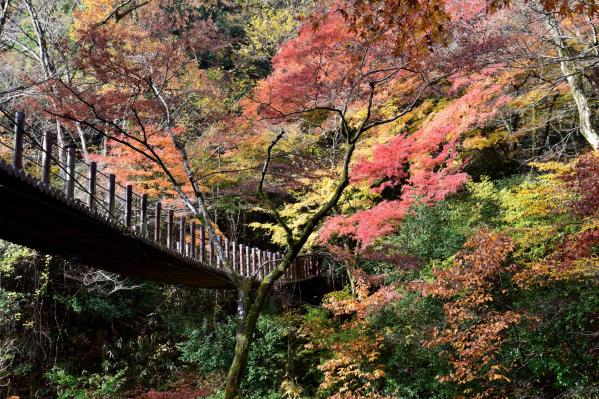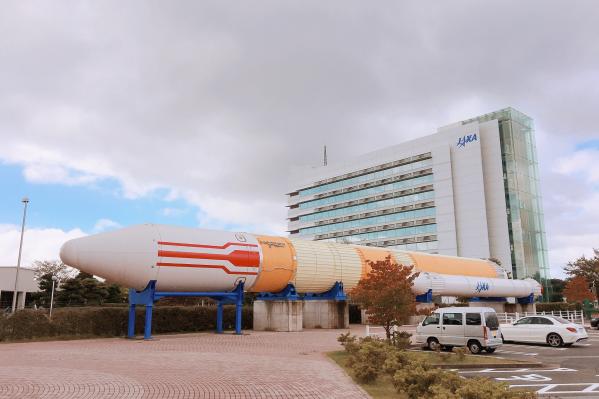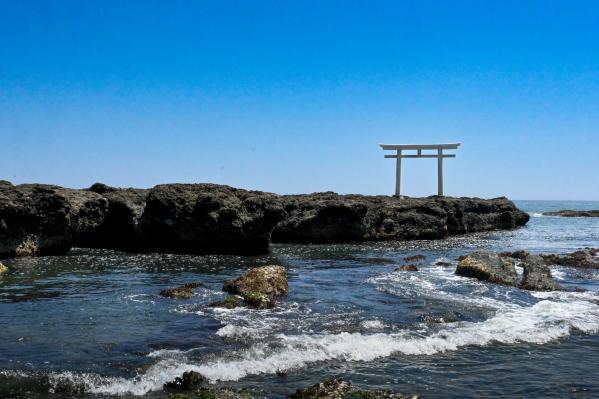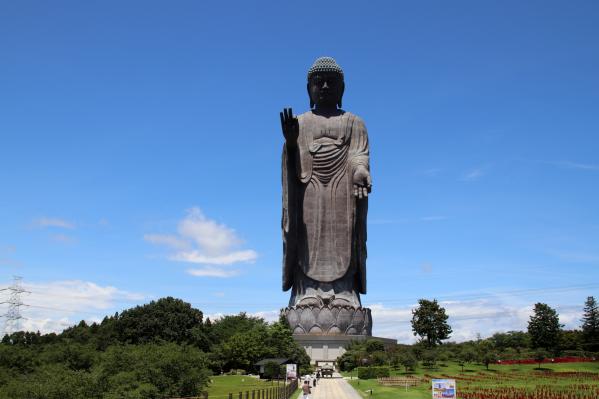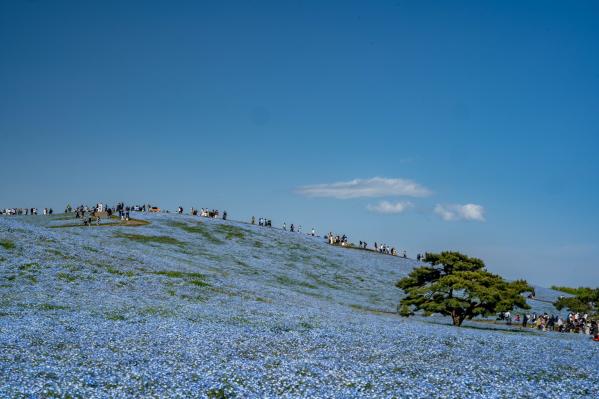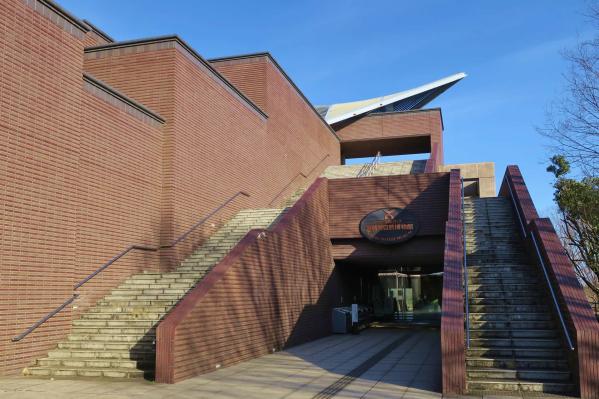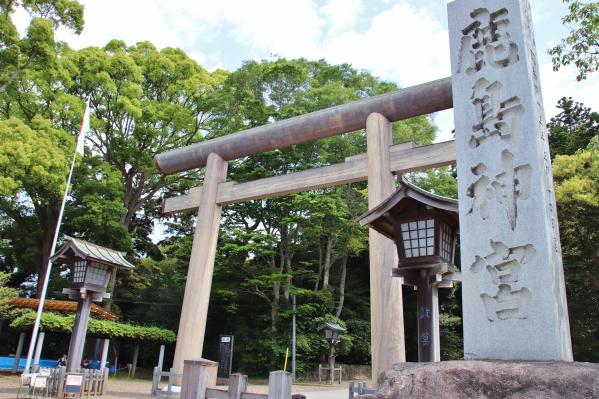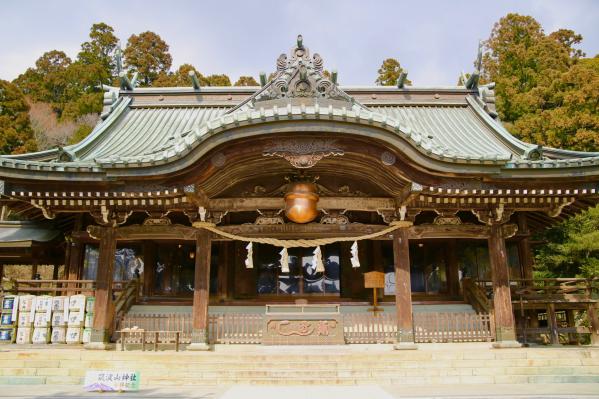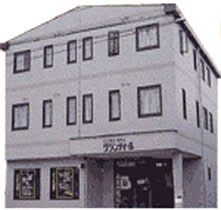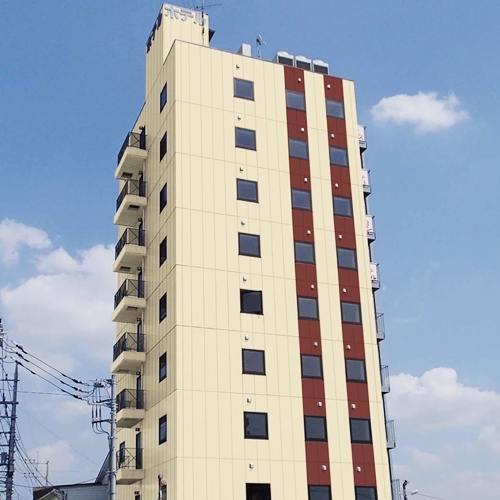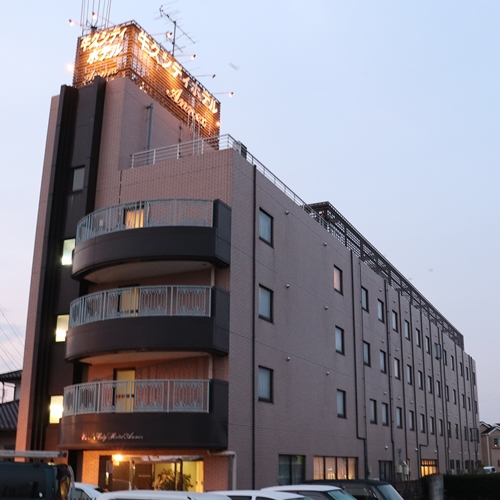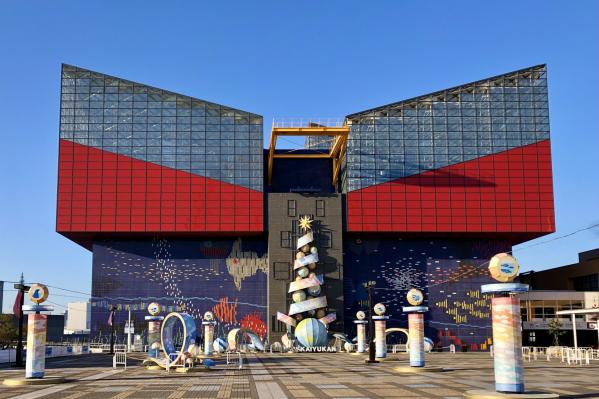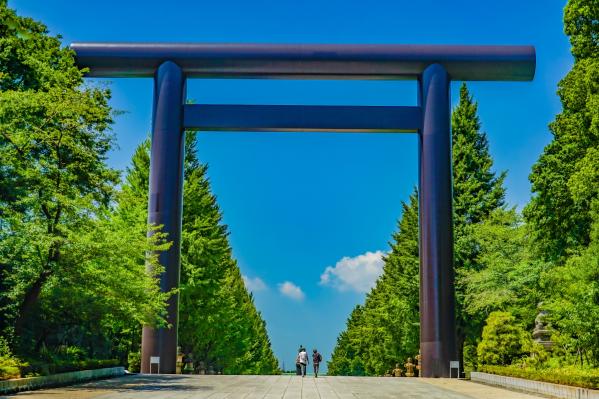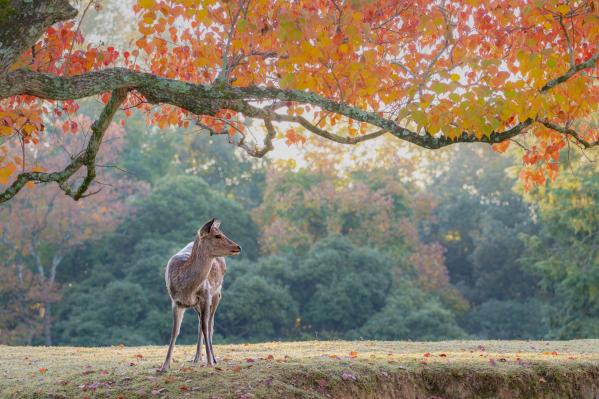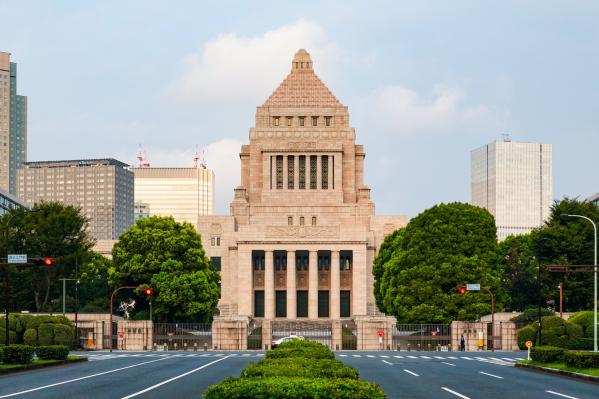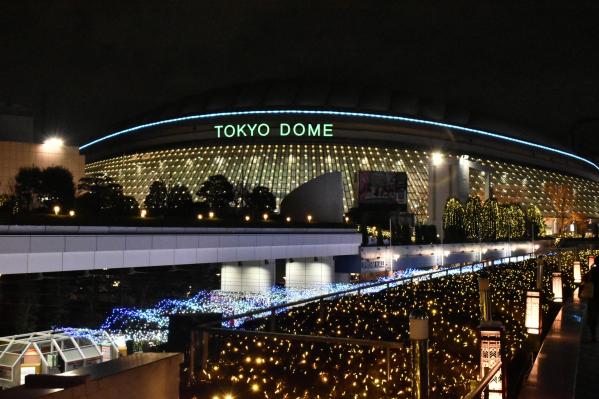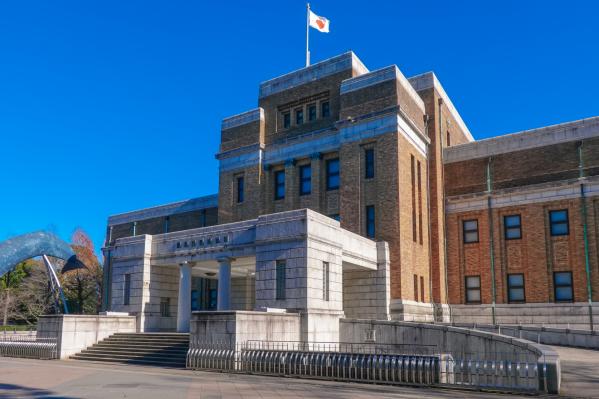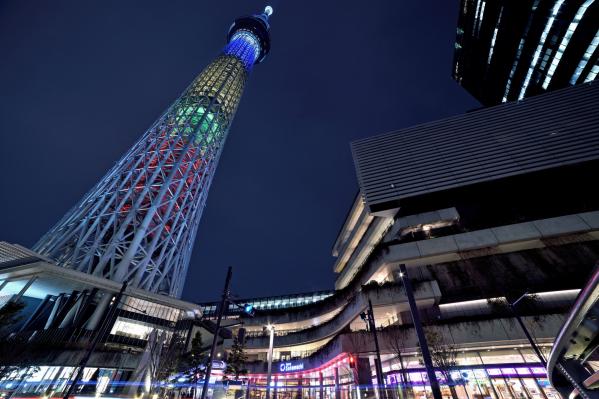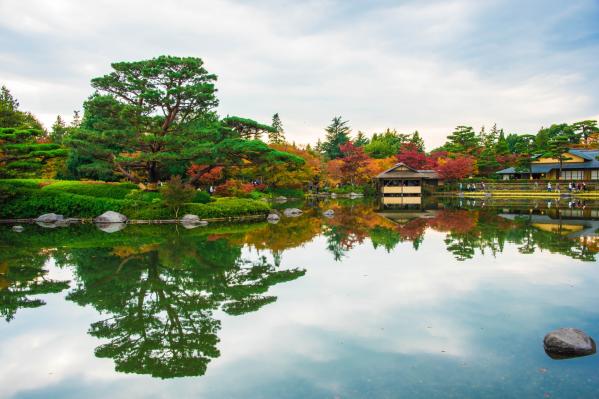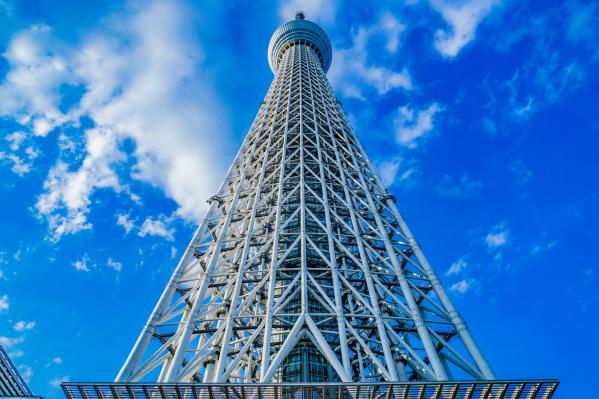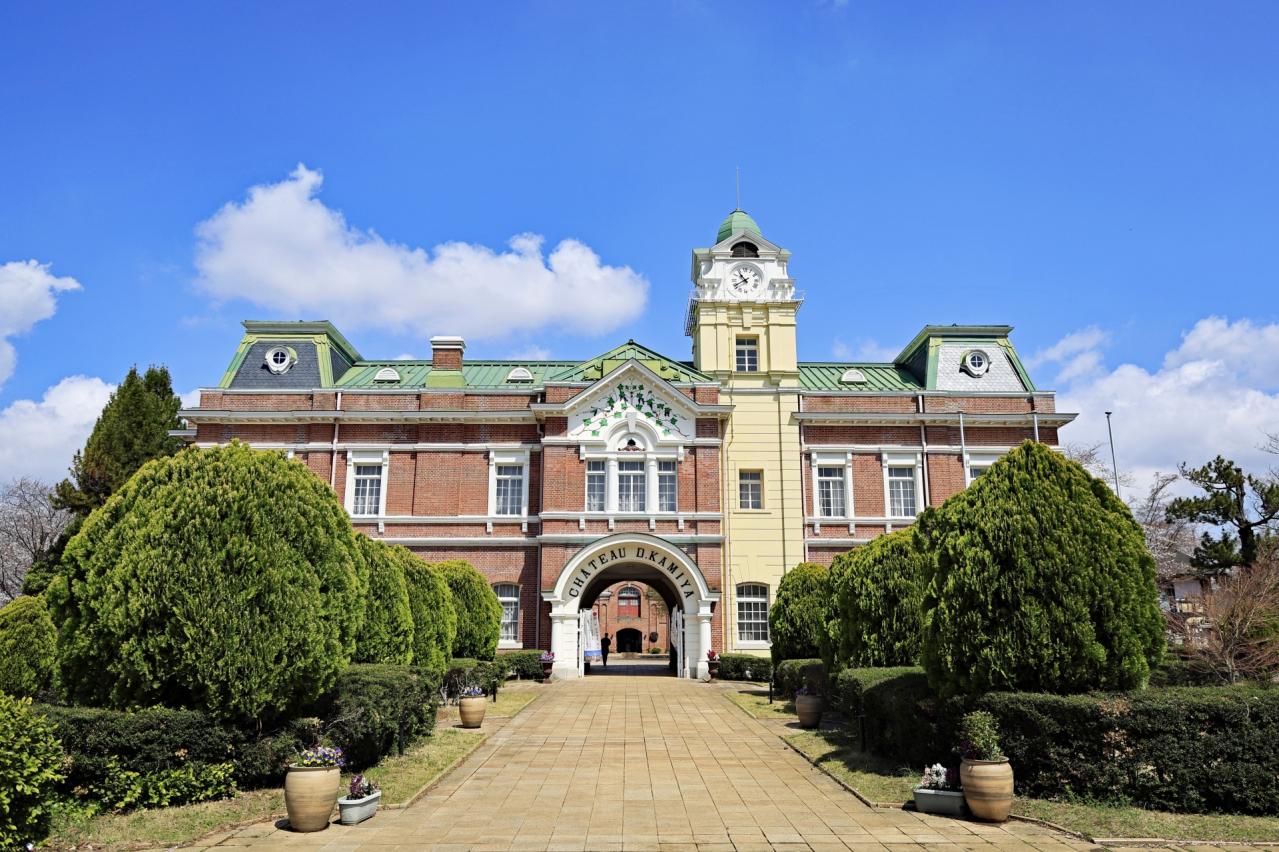
Ushiku Chateau
Basic Information
- Spot Name
- Ushiku Chateau
- Location
- 〒300-1234 3-20-1 Chuo, Ushiku City, Ibaraki Prefecture
- Access
- 8 minutes on foot from JR Joban Line Ushiku Station.
- Parking
- Parking available: 262 spaces
- Business Hours
- 10:00 AM - 4:00 PM (Visit facilities, for other facilities refer to the website)
- Regular Holiday
- New Year's holidays
- Fees
- Free admission.
- Contact Information
- Phone Number: 029-873-3151
- Official Website
Map
Detailed Information
Ushiku Chateau, constructed in 1903 by the businessman Denbe Kamiyan, who is known for Asakusa's "Kamiya Bar," is Japan's first authentic wine production facility. Modeled after wineries in the Bordeaux region of France, it was established as a facility that integrates grape cultivation, fermentation, and bottling. This winery, which incorporated cutting-edge technology of its time, played a significant role in laying the foundation for wine culture in Japan.
The site spans approximately 60,000 square meters, and the beautiful red brick buildings from the late Meiji era still stand. The three existing structures—the former office, fermentation cellar, and storage facility—are highly valued for their architectural design and industrial historical significance, having been designated as modern industrial heritage in 2007 and as important cultural properties of Japan in 2008. These buildings are extremely valuable relics of the Meiji period, representing one of the era's exemplary brick architectures.
The former fermentation cellar is currently open to the public as the "Denbe Kamiyan Memorial Museum," where brewing machinery used during its founding, giant wooden barrels, and white oak wine storage barrels are on display. The first floor serves as a storage area, while the second floor features materials and photos introducing Denbe Kamiyan's achievements and the history of Japanese wine. The basement preserves an aging space from that time, covered in black mold. Through these exhibitions, visitors can physically experience the history of Japanese winemaking, which has continued since the Meiji era.
Additionally, the former storage facility has been converted into a restaurant, taking advantage of its high ceilings and the warmth of the brick, where visitors can enjoy casual French cuisine paired with Ushiku-produced wine. The onsite shop offers pure Ushiku wines along with original products, wines from around the world, and specialty products from Ibaraki Prefecture, and also provides tasting opportunities.
Throughout its long history, Ushiku Chateau has overcome numerous trials. After part of the building was damaged in the Great East Japan Earthquake of 2011, it was restored and reopened in 2016. Furthermore, in 2020, it was recognized as a cultural asset of Japan Heritage, under the title "The 140-Year History of Japanese Wine - The Crystallization of Japanese Culture Brewed from Domestic Grapes."
Today, Ushiku Chateau is cherished as a complex facility that combines wine, food, history, and tourism while preserving its value as a cultural property. The beautiful collection of brick buildings serves as a historical landmark representing Ibaraki Prefecture, conveying the romance of the Meiji period and the origins of Japanese winemaking to the present day.
Ushiku Chateau Movies
Ibaraki Tourist Attractions
View ListHananuki Gorge
Hanamaki Gorge is a famous spot for autumn leaves located in Takahagi City, Ibaraki Prefecture. The beautiful scenery extends from Hanamaki Dam to Meibari-guchi and ...
JAXA Tsukuba Space Center
The JAXA Tsukuba Space Center, opened in 1972, is one of Japan's largest space development facilities. The vast grounds include research and development/testing faci...
Ooarai Isosaki Shrine
Oarai Isosaki Shrine is a historic ancient shrine founded in the Heian period, located on the hill of Oarai Cape in Oarai Town, Ibaraki Prefecture. The enshrined dei...
Ushiku Daibutsu (Great Buddha)
The Ushiku Daibutsu (officially known as Ushiku Amida Buddha), located near the Ami-Higashi Interchange on the Ken-O Expressway, presents a colossal figure that boas...
Hitachi Seaside Park
The National Hitachi Seaside Park is a magnificent park that spans approximately 215 hectares and captivates visitors with seasonal flowers throughout the year. In s...
Museum Park Ibaraki Nature Museum
The Museum Park Ibaraki Nature Museum is one of Japan's largest nature experience museums, situated by the "Sugao Swamp," one of the largest natural conservation are...
Kashima Shrine
Kashima Shrine is said to have been founded in the first year of Emperor Jimmu (660 BC) and is a prestigious shrine alongside Ise Shrine and Katori Shrine. It is the...
Tsukuba San Shrine
Tsukuba Shrine is a historic shrine located on the slopes of Mount Tsukuba, a sacred peak in Tsukuba City, Ibaraki Prefecture, with a history of approximately 3,000 ...








